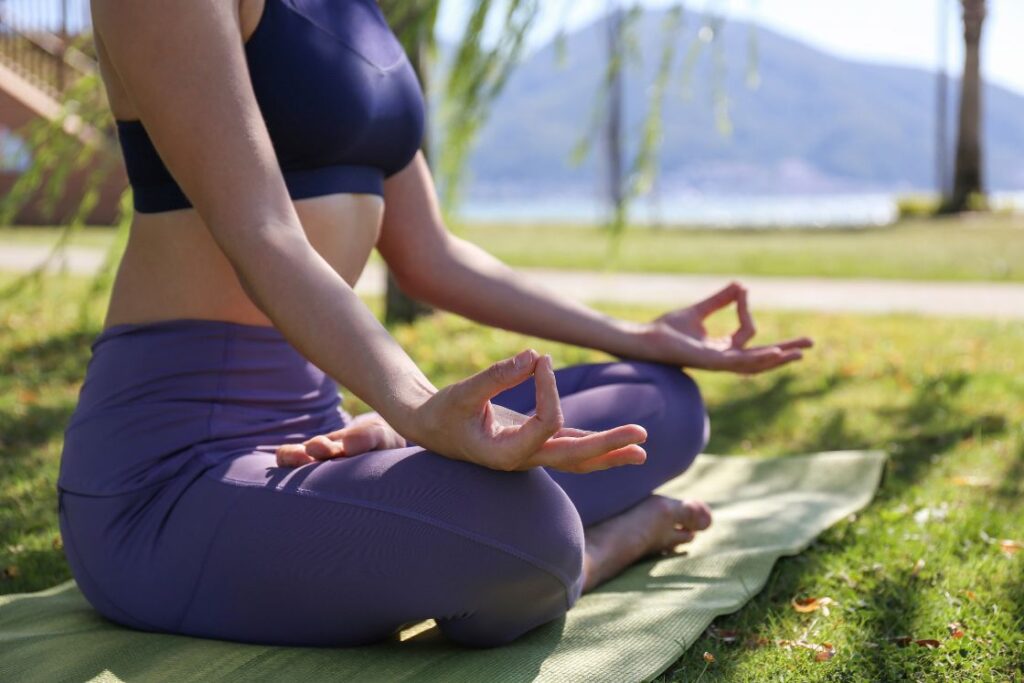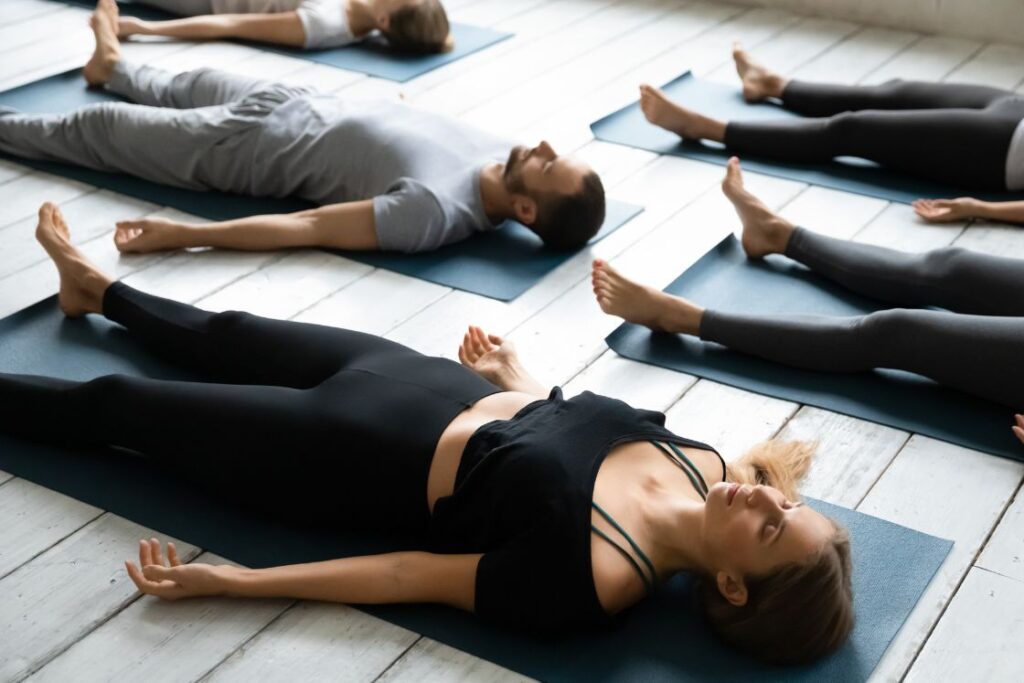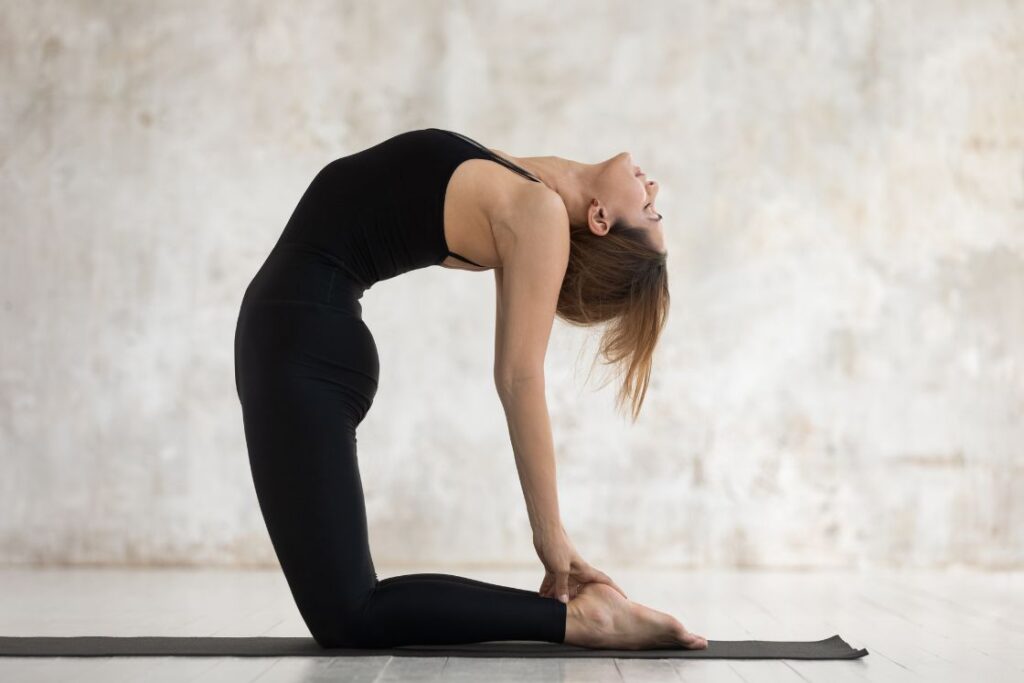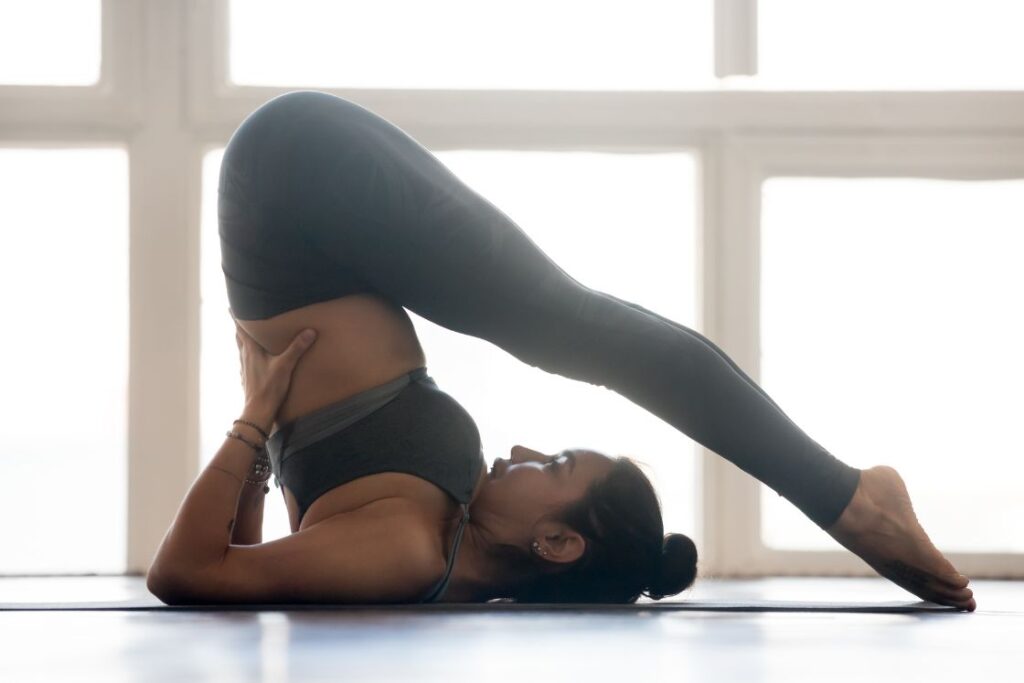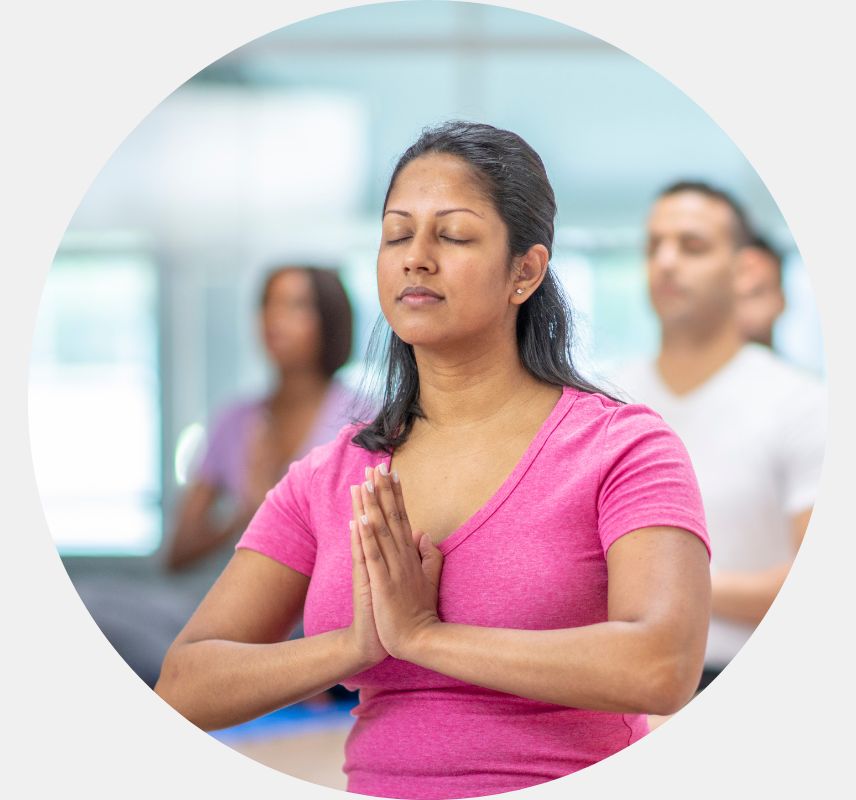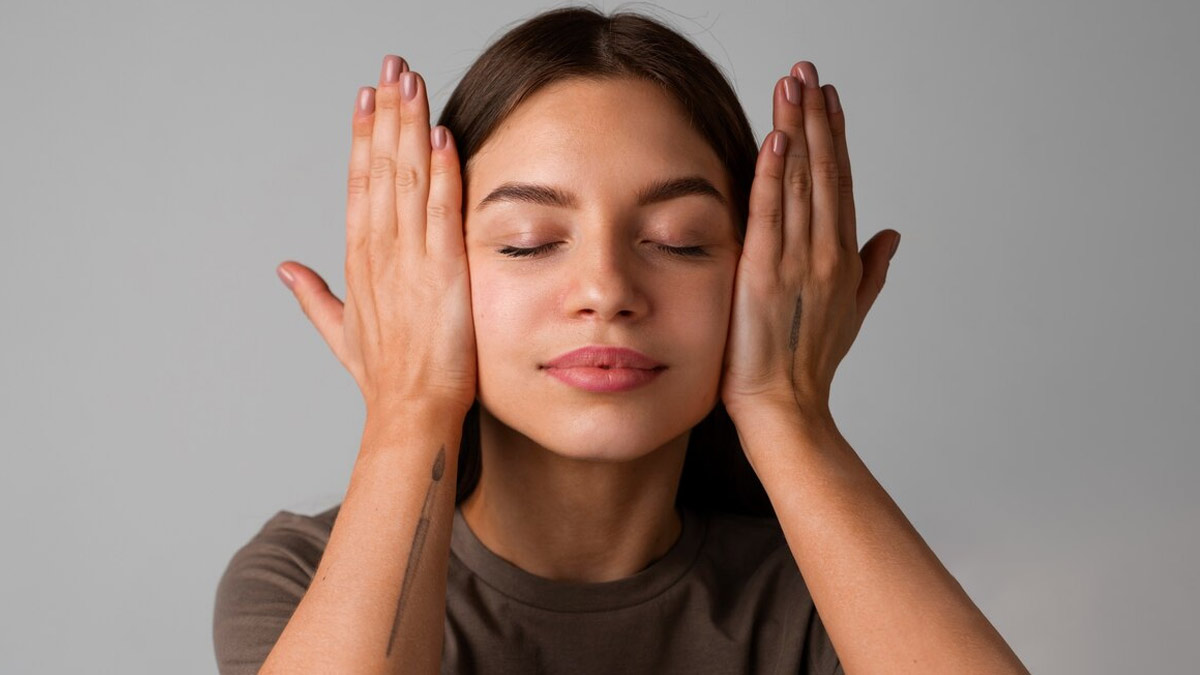Yoga Exercise To Reduce Dark Circles
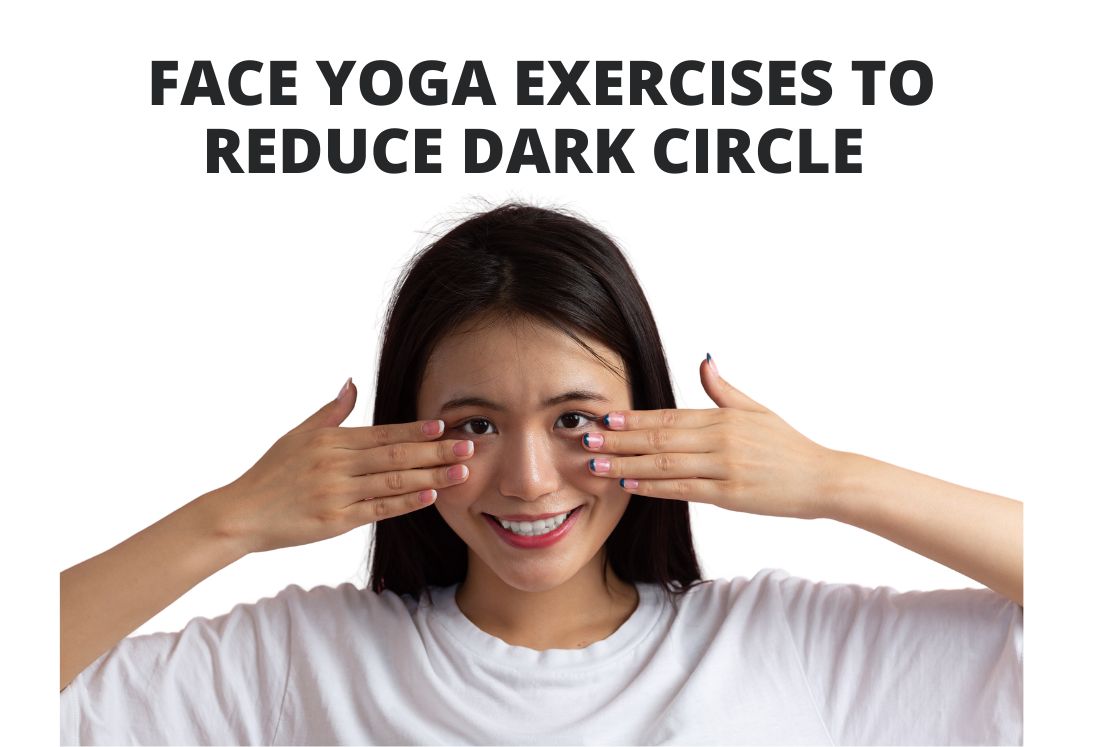
Dark circles under the eyes are a common cosmetic concern affecting individuals across various age groups and demographics. While factors like genetics, lack of sleep, and aging are known contributors, a growing number of people are exploring alternative and complementary therapies to alleviate this issue.
This article examines the emerging trend of using yoga as a method to reduce the appearance of dark circles, exploring the potential benefits and limitations backed by expert opinions and available research. It aims to provide a balanced perspective on whether incorporating yoga into a holistic skincare routine can contribute to a brighter, more refreshed appearance.
The Rise of Yoga for Wellness
Yoga, an ancient Indian practice encompassing physical postures, breathing techniques, and meditation, has gained immense popularity worldwide for its potential health benefits. These benefits range from stress reduction and improved flexibility to enhanced cardiovascular health and mental well-being. Yoga's holistic approach often appeals to those seeking natural remedies for various ailments, including cosmetic concerns.
Yoga Poses and Dark Circles: Potential Connections
Several yoga postures are believed to promote better blood circulation to the face, which may help reduce the appearance of dark circles. Inverted poses, such as the Downward-Facing Dog (Adho Mukha Svanasana) and Legs-up-the-Wall Pose (Viparita Karani), are particularly emphasized for their ability to increase blood flow to the head and face.
Increased blood circulation can potentially reduce the pooling of blood in the delicate under-eye area, which contributes to the discoloration associated with dark circles. Furthermore, certain breathing exercises (pranayama) like Kapalabhati and Anulom Vilom are thought to detoxify the body and reduce stress, factors that can also indirectly impact the appearance of dark circles.
"Yoga can be a valuable tool in managing stress and improving overall well-being," says Dr. Anjali Sharma, a certified yoga instructor and dermatologist. "While more research is needed, the potential for increased blood circulation and stress reduction to impact the appearance of dark circles is certainly worth exploring."
Expert Perspectives and Scientific Evidence
While anecdotal evidence and traditional yogic philosophy suggest potential benefits, rigorous scientific studies specifically examining yoga's effect on dark circles are limited. Most research focuses on yoga's broader impact on stress, sleep, and circulation, all of which can indirectly affect skin health.
A study published in the Journal of Alternative and Complementary Medicine found that regular yoga practice significantly reduced perceived stress levels in participants. Improved sleep quality, another benefit often associated with yoga, can also play a role in minimizing dark circles caused by sleep deprivation.
However, it's crucial to acknowledge that yoga may not be a standalone solution for dark circles. Dr. Rohit Verma, a leading ophthalmologist, points out that "while improved circulation and reduced stress can be helpful, dark circles can also be caused by structural issues like thinning skin or prominent tear troughs, which may require different treatments."
Integrating Yoga into a Holistic Skincare Routine
For individuals interested in exploring yoga as a potential remedy for dark circles, it's essential to approach it as part of a comprehensive skincare routine. This includes maintaining a healthy diet, staying hydrated, getting adequate sleep, and using appropriate skincare products.
Starting with gentle yoga poses and breathing exercises under the guidance of a qualified instructor is recommended. Individuals with pre-existing health conditions should consult their physician before starting any new exercise regimen. Consistency is key, and noticeable results may take time.
Furthermore, protecting the delicate under-eye area from sun exposure with sunscreen and addressing underlying medical conditions that may contribute to dark circles are crucial components of a holistic approach.
Conclusion
While more scientific research is needed to definitively prove yoga's efficacy in reducing dark circles, the potential benefits of improved circulation, stress reduction, and enhanced sleep quality make it a worthwhile complementary therapy. Integrating yoga into a healthy lifestyle and comprehensive skincare routine may contribute to a brighter, more refreshed appearance.
However, it's important to maintain realistic expectations and consult with healthcare professionals to determine the underlying causes of dark circles and explore the most appropriate treatment options. Yoga, therefore, can be seen as a supporting element, not a guaranteed cure, in the pursuit of reducing dark circles.

